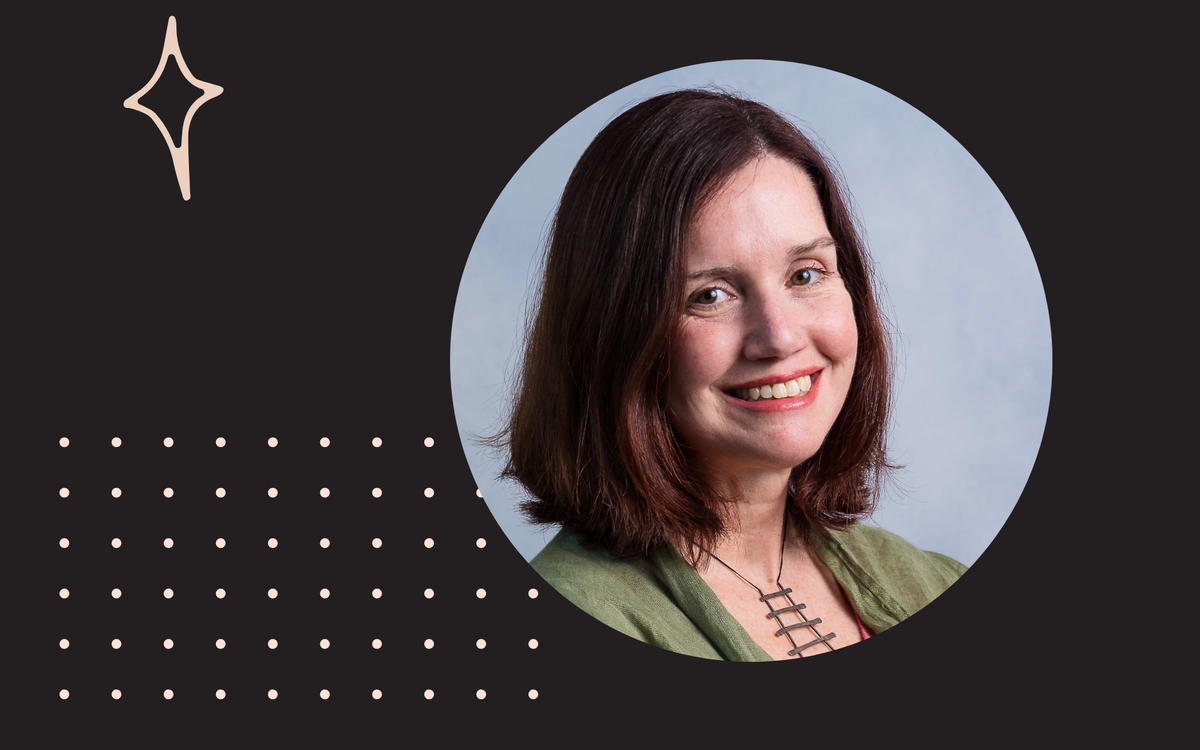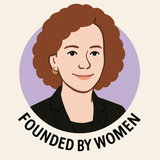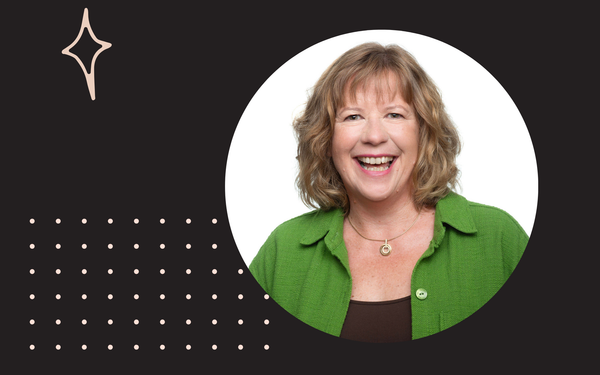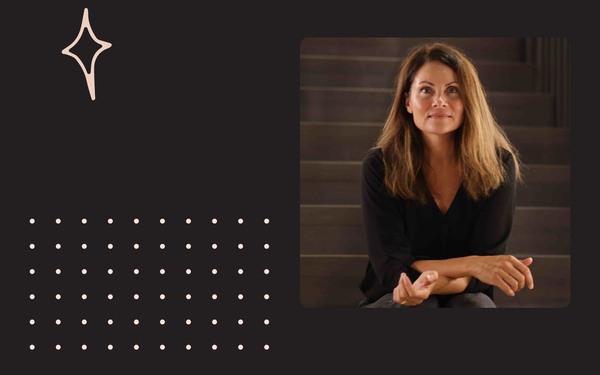From Research to Real Life: Dr. Heather Malin on Youth, Purpose, and the Urgent Need for Connection

Dr. Heather Malin has spent her career exploring how young people find meaning and purpose in their lives. As the former Director of Research at Stanford’s Center on Adolescence and now a practicing therapist, her work bridges the gap between academic theory and the lived experiences of youth. In this conversation, she reflects on her transition from research to clinical practice, the hidden crisis of teen isolation, and why today’s educational systems must move beyond grades to cultivate deeper, purpose-driven lives. From working with organizations like Wayfinder and Open Future Institute to empowering educators and students alike, Dr. Malin shares what it really takes to help the next generation lead lives of impact and intention.
You've transitioned from leading research at Stanford's Center on Adolescence to providing direct therapy and counseling services. How has this shift from academic research to clinical practice changed your understanding of youth purpose development? What insights from your hands-on work have most surprised you?
Adding clinical psychology to developmental has given me a more holistic understanding of how people come to face challenges to living a meaningful and purposeful life. I’ve always looked at human development, and especially purpose development, as a dynamic interaction between an individual person and their social context. My clinical lens doesn’t eliminate the social context, but it has given me the opportunity to focus very intensely on the individual person and how they are responding to their life circumstances as they develop. It’s allowed me to focus on the role of psychological flexibility in purpose development. Psychological flexibility is the ability of the person to adapt or be flexible in the face of internal (thoughts, emotions) and external obstacles, to pursue a life of meaning and purpose despite obstacles. My work as a researcher helped me understand how people develop purpose and what can support purpose development, and my clinical work helps me understand what the obstacles are and how people can overcome the obstacles.
One of my biggest insights from working clinically with adolescents is that kids today are feeling very isolated, and this is a huge obstacle. The COVID pandemic is a major factor for this cohort, because they were in lockdown during middle school and they recognize the missed opportunity to develop social skills during a key time in their life. But we know there would still be widespread feelings of isolation among teens today even if the pandemic hadn’t happened. This isn’t a surprise, but working with teens who are experiencing this isolation has given me a better understanding of how it impacts them. For young people who feel this isolation, it’s impacting their ability to engage at school and keep up with their schoolwork, develop meaningful relationships, and envision a future worth working for. There has been more focus on relationships at school, but I think we need to push even further in the direction of humanizing our schools and prioritizing connection and relationships among students and between teachers and students. This is directly related to the youth purpose work, because programs that support purpose development do so by engaging students and teachers in discussions about meaningful life topics, exploring their values together, and sharing their stories with each other. If every student had access to these opportunities in school, I believe we would see a dramatic shift in social isolation and its impact on young people and society.
Your book Teaching for Purpose advocates for preparing students for meaningful lives rather than just academic achievement. As a woman leader challenging traditional educational metrics, what resistance have you encountered? How do you help educators and parents shift their focus from grades to purpose?
There is relentless resistance to changing educational metrics. The resistance is in the system and in our culture. School has always been a tool for maintaining society as it is, so the school system does not adapt easily to change, and parents support this by pressuring the system to not change. The biggest sources of resistance are always time and funding. The typical school day is packed, teachers and students are always overwhelmed, and it’s extremely challenging for teachers to learn about and adopt a new initiative when they aren’t provided the time to do so effectively. Funding is always an issue because it’s unpredictable. It takes a few years for a new initiative to get traction in a school, but funding cycles are capricious, and often a program is adopted when the economy is good and then dropped before teachers can really get it integrated into their program. This has been going on forever and is a very predictable outcome when starting a new initiative in a school. I think this is truer for SEL and well-being related initiatives, because they are especially vulnerable to shifts in public opinion. My recent work is focused on finding alternative approaches to prioritizing purpose in our schools. I believe we need to focus on creating professional learning communities where teachers’ can develop their capacity to support students’ purpose development and share ideas with each other about how to overcome barriers in the system and improve their practice. To that end, a lot of my work now is in networking and figuring out how to build communities for teachers to join, access resources, and learn from each other. I also provide workshops and presentations for educators and parents, to engage them in reconnecting with or rediscovering their own purpose and to learn frameworks and strategies for integrating purpose into their classroom and school culture.
Through your work with organizations like Open Future Institute and Wayfinder, you're helping young people discover their sense of purpose. What patterns do you see in how young women versus young men approach purpose development? How can we better support girls and young women in developing authentic leadership voices?
In our research with adolescents, we saw very little difference in purpose between boys and girls. But, there is some nuance in our findings that can provide direction for supporting young women to develop purpose and their authentic leadership voice. We assess purpose development by defining purpose as “an intention to accomplish something that is both personally meaningful and that contributes to the world beyond the self.” So, we look for indicators of 1) a meaningful goal or intention, 2) beyond-the-self motivation driving the intention, and 3) action taken to pursue the intention. In one study we did with young adolescents, we found that overall boys and girls were equally likely to be purposeful. But in a more nuanced analysis, girls were more likely than boys to describe beyond-the-self intentions, whereas boys were more likely to be doing things to act on their purposeful intentions. In terms of how to support girls, this suggests that we can do more to provide opportunities for girls to act on their purpose. This doesn’t simply mean more community service and internships. It means supporting girls in identifying what gives them a sense of purpose and empowering them to shape or create opportunities in their community or beyond through their purpose. That can be offered through community service and internships, but the important difference is the role the girl plays in shaping the opportunities that are available to her.
In a study of civic purpose development, we found differences in political motivations between boys and girls that offer some evidence about the gender gap between men and women in political leadership. We conducted a survey with high school seniors and found that girls were more likely motivated to engage in political activity because they want to help others, whereas boys were motivated by a desire to act on their values. Projecting these motivations into the young person’s future, someone who is engaging in political activity to act on their values is more likely to sustain that activity, while someone who is engaging in political activity to help others is likely to find more satisfying ways to do that as an adult, in particular through caring for family, helping careers, or helping people in the local community. I don’t want to overemphasize this difference between boys and girls, both were motivated to help others and to act on their civic values. These findings suggest need for civic education that helps students develop democratic values and providing opportunities that empower young people to bring their relational and humanistic motivations to their civic and political activities.
Are you a woman leader with an inspiring journey to tell? Founded by Women is on a mission to elevate and amplify the voices of women making an impact.
If you're breaking barriers, driving change, or paving the way for others, we’d love to feature your story. Get in touch with us today!
👉 hi@foundedbywomen.org




